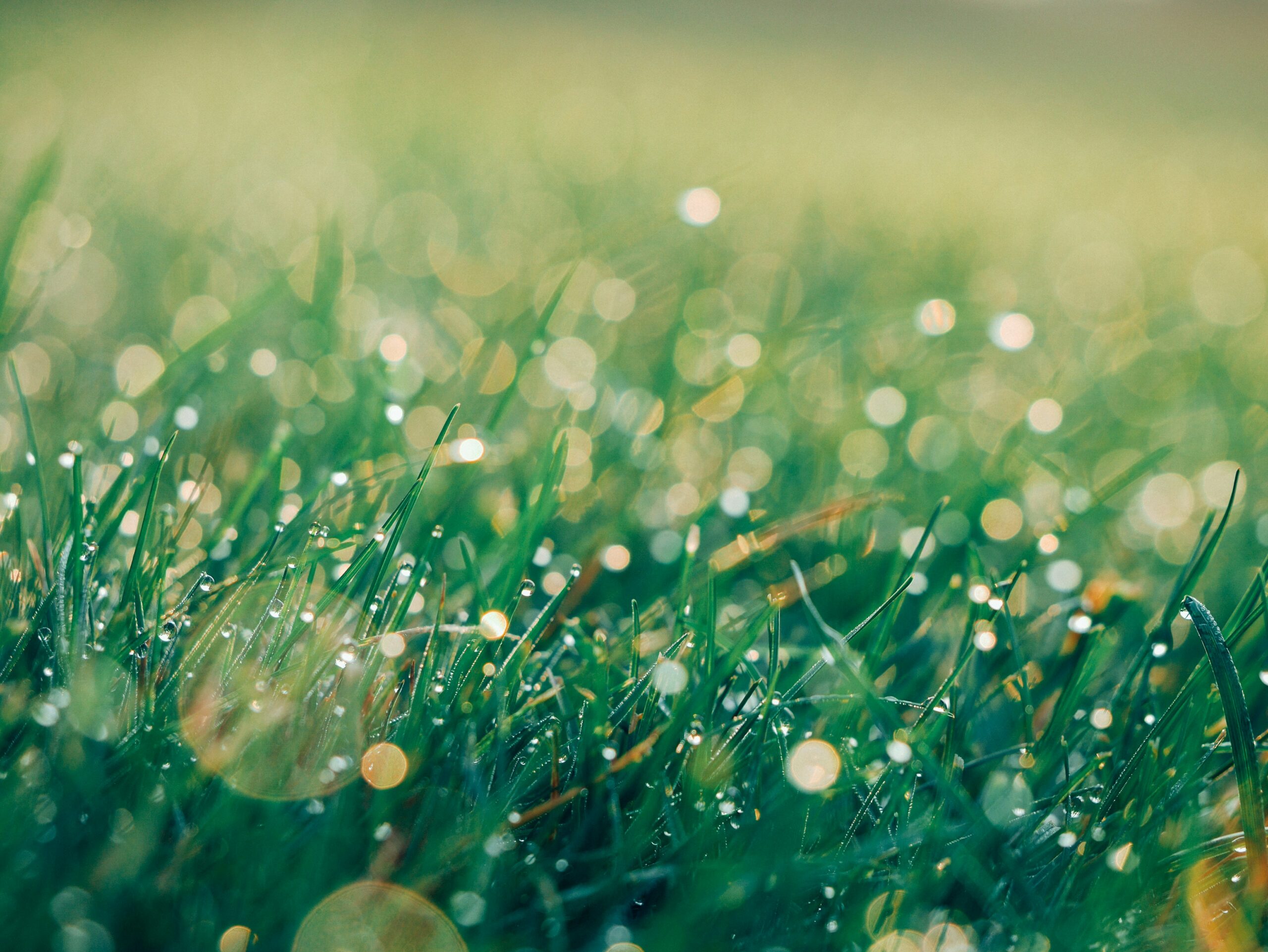Grazing Frosty Pastures
Some areas of the South West have experienced a frosty start to July. Depending on the severity of the frosts, pasture can become quite brittle and is prone to physical damage by grazing livestock. Frost damage can reduce the regrowth potential of a pasture. To minimize the risk of frost damage, it’s best to hold dairy cows back until the frost has melted.
Giberellic acid is a plant hormone that can be used over winter to stimulate pasture growth. Using gibberellic acid (GA) during frosty conditions can potentially increase frost damage. This is because GA increases cell elongation and growth and the new growth, being tender is more prone to frost injury. For best results it’s best to use GA after the risk of frost has passed.
Some plants such as annual ryegrass, cape weed, thistles, oats and barley are known to accumulate high nitrate levels during frosty conditions. When plants are stressed by frost, they continue to use nitrates from the soil, but their leaves can be damaged so the conversion of nitrates to proteins slows down or stops. This can lead to an accumulation of nitrates in the plants, which if consumed can lead to nitrate poisoning in stock.
An excess of nitrates can lead to reduced appetite, abdominal pain and reduced milk production. An excessive uptake of nitrates can also lead to nitrite poisoning which can result in rapid/Shallow breathing, muscle tremors and can quickly lead to death.
To avoid nitrate poisoning during frosty weather, adhere to the grazing withhold, when using nitrogen-based fertilisers, of 21 days especially when grazing capeweedy pastures. Avoid overgrazing pastures as nitrates levels are highest in the stems and base of plants and provide low nitrate-based feed, such as grain and hay. Make sure cattle have access to plenty of clean low nitrate water. Several sunny frost-free days will reduce plant nitrate levels.
